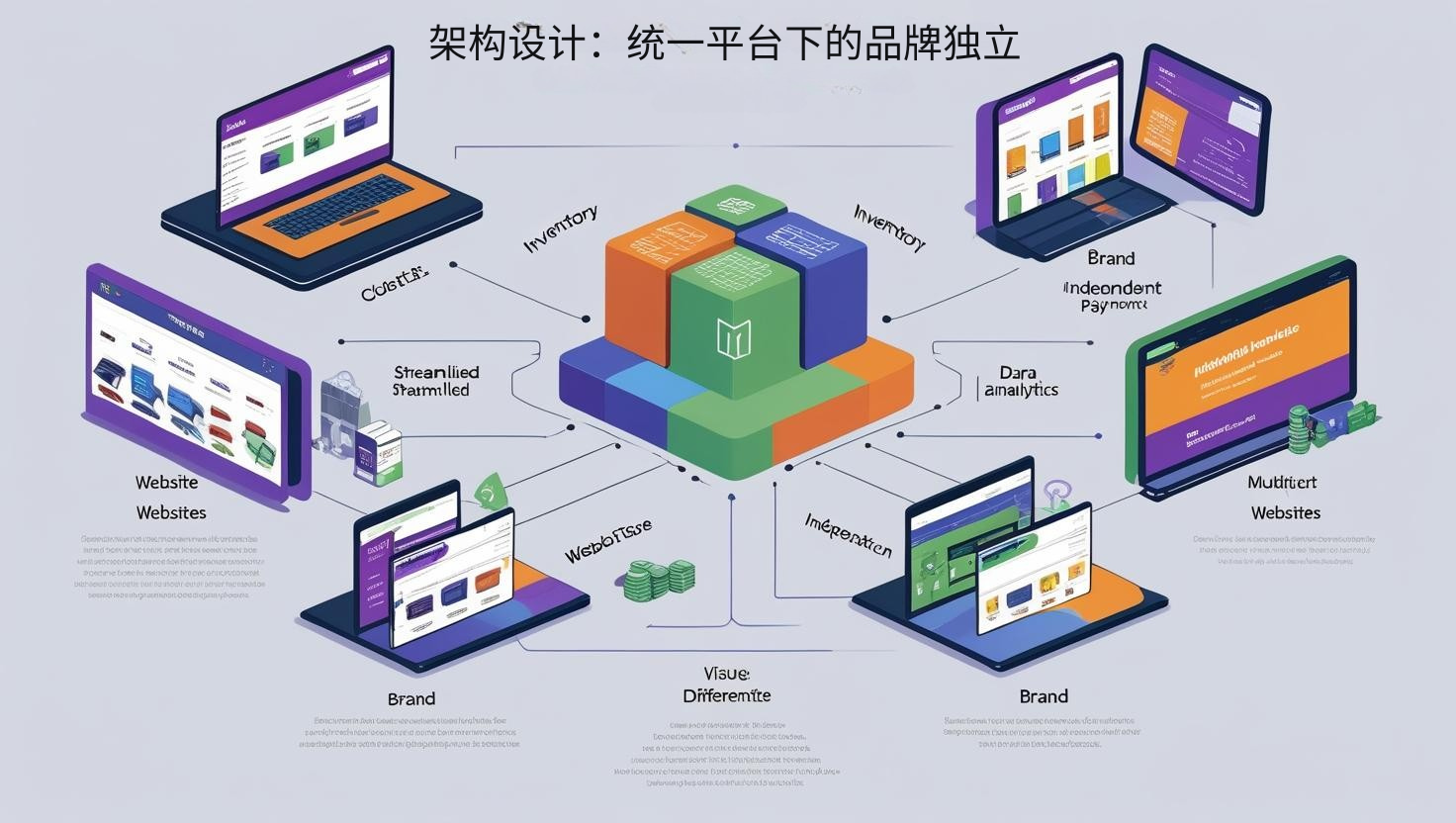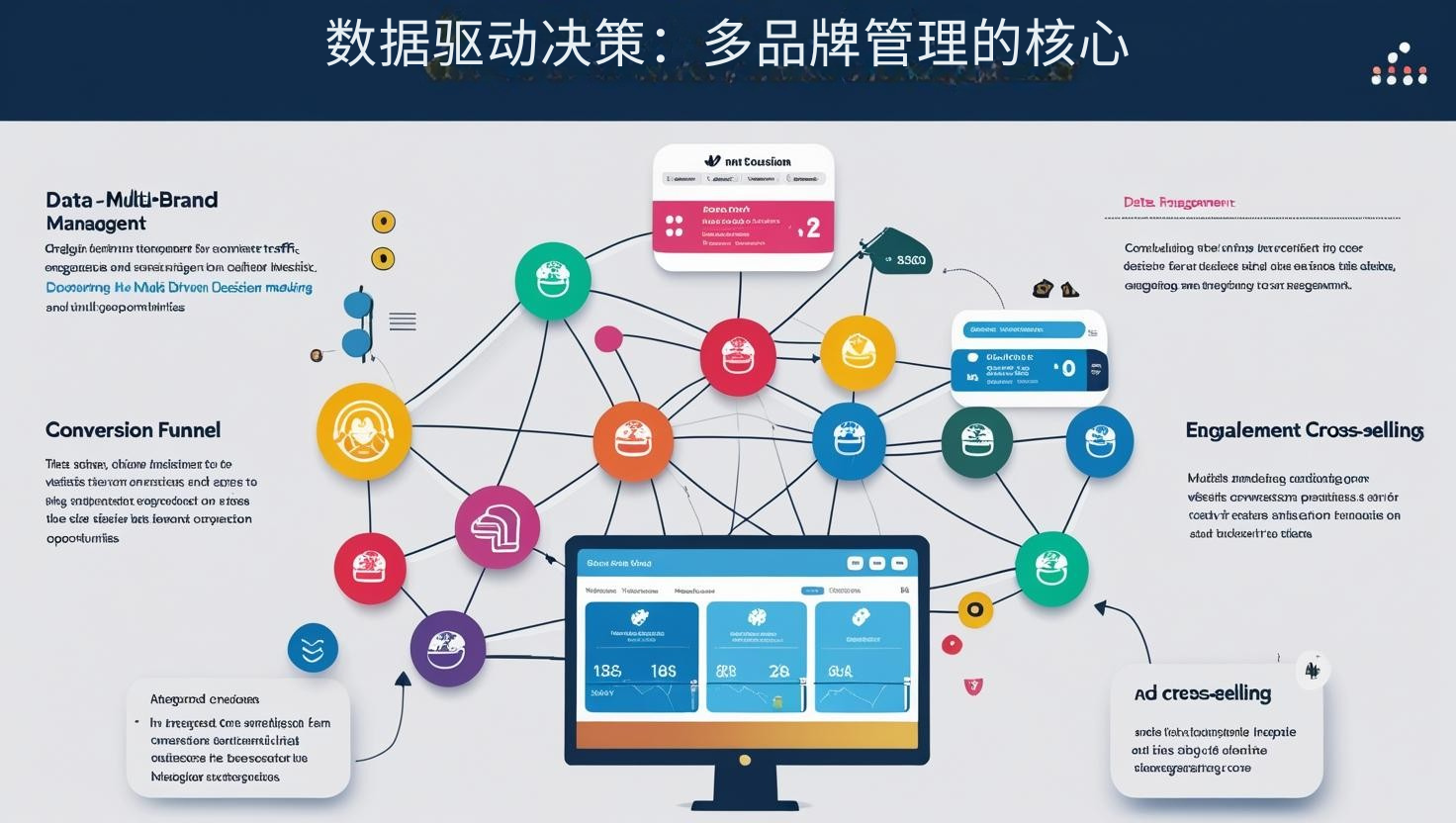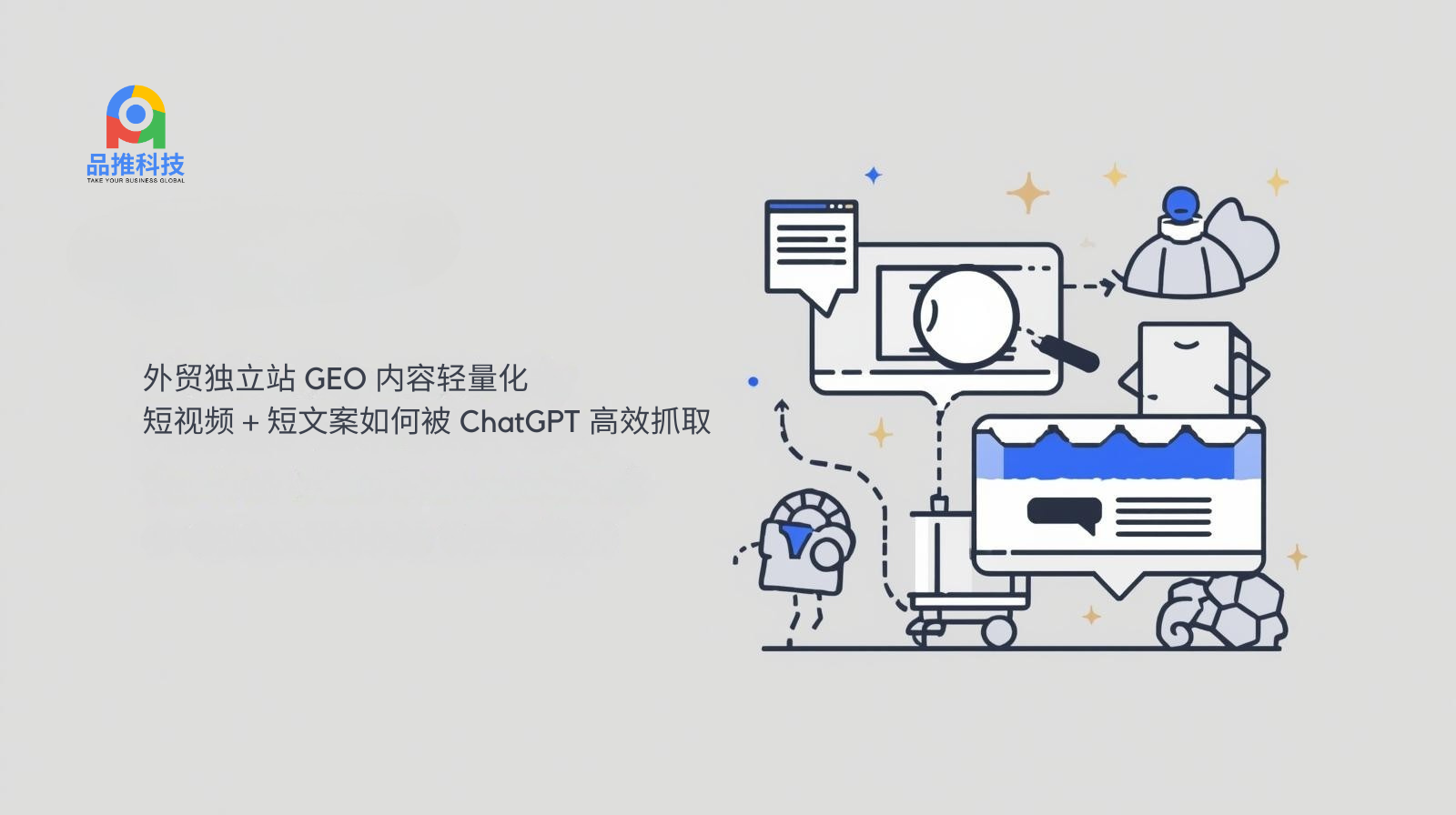With the global growth of cross-border e-commerce and digital marketing, more and more companies are choosing to establish independent websites for multiple brands to reach diverse markets and customer groups. However, multi-brand operations involve more than just website construction; they also involve the complexities of resource allocation, brand differentiation, and operational management. How companies can maintain the independence of each brand while sharing resources is crucial to the success of independent website strategies.
 Architecture design: Brand independence under a unified platform
Architecture design: Brand independence under a unified platform
The core of the multi-brand independent website architecture is to achieve "shared platform, independent brands." Businesses can manage multiple independent websites on the same technical platform, with a unified backend for inventory, logistics, payments, and data analytics. This approach not only reduces development and maintenance costs but also ensures data consistency and operational efficiency. According to research by the International E-Commerce Association (IEIA) , multi-brand independent websites using a unified architecture reduce operating costs by an average of approximately 20%. At the same time, each brand can maintain its own unique visual style, product positioning, and marketing strategy, ensuring market differentiation and user recognition.
Resource sharing: improving efficiency and operational consistency
Resource sharing is a key advantage of multi-brand independent websites. Companies can reuse supply chain management, customer databases, marketing materials, and SEO strategies. Data from Ecommerce Europe shows that effective resource sharing can save multi-brand companies over 30% in content production and advertising costs. For example, a unified inventory management system can provide real-time updates on product status across brands, preventing out-of-stock and overstock issues. It also supports cross-site promotions and joint marketing strategies, improving overall market responsiveness.
 Data-driven decision-making: the core of multi-brand management
Data-driven decision-making: the core of multi-brand management
Data analysis and user behavior insights are core to operating a multi-brand independent website. Companies need a unified data analytics platform to monitor traffic sources, conversion rates, and user behavior patterns across brands, thereby optimizing marketing strategies and product portfolios. The International Digital Marketing Association (IDMA ) notes that integrating multi-brand data not only improves decision-making efficiency but also identifies potential cross-brand cross-selling opportunities. By analyzing user visit paths, purchasing preferences, and dwell time, companies can design personalized marketing plans for each brand, achieving precise reach and higher conversion rates.
Brand differentiation: creating unique value experience
While resources are shared, brand differentiation remains the core competitive advantage of multi-brand independent websites. Each independent website should personalize its visual design, content presentation, and product display based on its target customer base to strengthen brand identity. Through refined brand storytelling and user experience design, different brands can showcase their unique value on the same platform. A unified operating system ensures efficiency and data consistency, achieving the dual advantages of "efficiency + differentiation."
Continuous optimization and technical support
Multi-brand independent websites require continuous optimization of their architecture and technical support to adapt to market changes and user needs. For example, responsive design ensures a consistent experience across devices; CDN acceleration and image optimization ensure fast loading times; and a unified backend management system supports automated marketing and inventory synchronization. Through technological iteration and data feedback, companies can continuously optimize their operational strategies and enhance user satisfaction and brand loyalty.
Recommended related articles: Multilingual Independent Station Strategy: Balancing Localization and Internationalization







